Moog Minimoog Voyager XL
Model: VY-MIN-015
Moog Warranty

- You name the price you want to pay for a product.
- If the retailer likes your offer, you get that price for the product.
- Guaranteed Brand New Products
- All Products Sold by Manufacturer Authorized Retailers
- 30 Day Return Policy
-
Free Shipping
No Additional Fees
Designed in celebration of the 40th anniversary of the Minimoog, the Minimoog Voyager XL is a sonic powerhouse that pays homage to important milestones in the Moog synthesizer legacy. It starts with the heart of a Minimoog Model D. Fat oscillators and warm Moog filters give it that unmistakable Moog sound and the rugged construction and intuitive user interface design immediately tells you that you're playing a high-quality musical instrument.From the current Voyager lineage, the XL inherits a 100% analog signal path with stable oscillators, patch storage, touch surface, pot mapping and extensive MIDI control functionality. To all this, add a ribbon controller and 61 note keyboard and you have a monster analog monosynth built on a 40-year legacy of sonic exploration.Incorporating virtually all of the sound resources and functions of the original Minimoog Model D and Voyager, The Minimoog Voyager XL features extensive front-panel patchability that harkens back to the original ground-breaking Moog modular synthesizers. A host of features previously found only on massive modular synthesizers combined with state-of-the-art analog technology make it a sound design and control dream machine.
- 100% Analog Sound Engine
61-note velocity sensitive keyboard with after-pressure (identical to the Voyager 44-note keyboard)
Ribbon Controller: 500mm, it's center-point is lined up with 'middle-C' of the 61-note Keyboard. Outputs are sampled and available as CV-OUT (-5V to +5V) and GATE-OUT (0V to +5V)
20 Control Voltage outputs:
- Keyboard Pitch (w/ internal trim to calibrate to 1 V/Octave)
- Keyboard Velocity
- Keyboard Afterpressure
- Touch Surface X
- Touch Surface Y
- Touch Surface A (area)
- Pitch Bend Wheel
- Mod Wheel
- MOD 1 signal (signal at MOD 1 input)
- MOD 2 signal (signal at MOD 2 input)
- LFO triangle wave
- LFO square wave
- Mod Wheel Mod Buss output
- Pedal/On Mod Buss output
- Filter Envelope
- Volume envelope
- Sample and Hold Step
- Sample and Hold Smooth
- Noise
- Ribbon Controller CV Output (-5V to +5V)
3 Gate outputs:
- Keyboard Gate
- Touch Surface Gate
- Ribbon Controller Gate Output
3 x 4-way Mults (top jack is ring-powered)
10 Control Voltage Inputs:
- Envelope Rate CV (-5V to +5V) Ring-Powered
- OSC Pitch CV (adj. to 1V/Octave) (-5V to +5V) Ring-Powered
- OSC Wave CV (all three osc. affected) ( 0V to +5V) Ring-Powered
- FILTER Cutoff CV (-5V to +5V) Ring-Powered
- VCA Volume CV ( 0V to +5V) Ring-Powered
- VCA Pan CV (-2.5V to +2.5V) Ring-Powered
- LFO Rate CV (-5V to +5V) Ring-Powered
- MOD Mod1 CV ( 0V to +5V) Ring-Powered
- MOD Mod2 CV ( 0V to +5V) Ring-Powered
- S&H CV (-5V to +5V) Ring-Powered
4 Gate Inputs:
- ENV Release ON/OFF (0V OFF, +5V ON)
- ENV Gate Input (0V OFF, +5V ON)
- LFO Sync ON/OFF (0V OFF, +5V ON)
- S&H Gate Input (0V OFF, +5V ON) No footswitch input
2 Active Attenuators: Active Attenuators are identical to the VX-352 attenuators with the following difference:
- Channel 1 is normalled to LFO 2 output. So, if nothing is connected to the Channel 1 input jack, the output of Channel 1 will be the attenuated version of the LFO 2 output
- Channel 2 is normalled to RIBBON output. So, if nothing is connected to the Channel 2 input jack, the output of Channel 2 will be the attenuated version of the ribbon controller
Expression pedals can be connected to the Attenuator inputs (i.e. they are ring-powered inputs)
AMOUNT controls gain of -1 (CCW) to 1 (CW). Thus, the attenuators can create an inverted version of the waveform
OFFSET control allows you to add a DC voltage of -5V to +5V to the input signal. The Attenuator output will be clipped to approximately +/-10V.
Four-Input Mixer:
- Inputs 1 and 2 can be attenuated via front-panel knobs
- Inputs 1 and 3 can be controlled by Expression Pedals (i.e. ring-powered)
- Two output CV's (+) and (-)
- DC offset can be added to signal via OFFSET knob
- Overall output of MIXER can be adjusted via the MASTER knob
Lag Processor:
RISE and FALL time constants are adjustable from 1 millisecond to 1 second (middle is 100 millisecond).
LFO 2:
A MIDI-syncable second LFO source has been added to the Voyager XL. The default frequency range is 0.02Hz (50 seconds) to 20Hz (0.05 seconds). This range was made to augment the current Voyager LFO which does not go slow-enough for some very slow modulations.
Inputs: LFO 2 can be:
- Free-running (adjusted by the RATE knob on the front panel)
- MIDI SYNC from external MIDI clock
- Directly CLOCKED from a GATE CV via the front panel CLOCK jack
- Controlled via external CV or Expression Pedal via the front panel RATE CV jack
Outputs: LFO 2 has two complementary LFO outputs labeled (+) and (-). In default mode, these are the same waveform 180 degrees out of phase.
Available front-panel waveforms:
- Triangle
- Square
- Ramp
- Saw
- Sample & Hold
- Sample & Hold Smooth
Power:
Power input accepts a standard power cable. The Minimoog Voyager XL works from 100-250 VAC, 50-60 Hz
- Incorporates virtually all of the sound resources and functions of the original Minimoog Model D and Voyager
- 61-note velocity sensitive keyboard with after-pressure
- Ribbon controller with pitch and gate cv outputs
- Touch surface controller with x, y, a and gate outputs
- External audio input
- Effects loop insert
- 2 active attenuators
- 4-input cv mixer
- Lag processor
- Additional LFO source with multiple MIDI-syncable waveforms
- 3 four-way mults
- 20 control voltage outputs
- 3 gate outputs
- 10 control voltage inputs
- 4 gate inputs
- 2 modulation busses
- Solid oak cabinet
- Tilting control panel


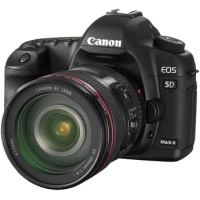 Cameras
Cameras
 Camera Lenses
Camera Lenses
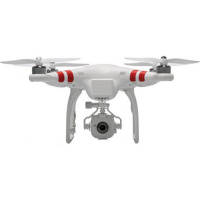 Drones
Drones
 Camcorders
Camcorders
 Camera Tripods
Camera Tripods
 Televisions
Televisions
 Receivers
Receivers
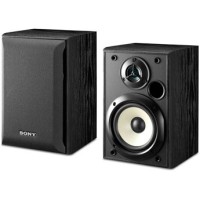 Speakers
Speakers
 Projectors
Projectors
 Headphones
Headphones
 Turntables
Turntables
 Laundry
Laundry
 Refrigeration
Refrigeration
 Cooking
Cooking
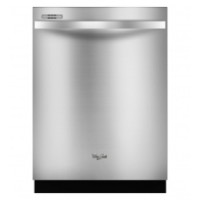 Dishwashers
Dishwashers
 Small Appliances
Small Appliances
 High Chairs
High Chairs
 Strollers
Strollers
 Car Seats
Car Seats
 Diaper Bags
Diaper Bags
 Baby Furniture
Baby Furniture
 Men's Watches
Men's Watches
 Women's Watches
Women's Watches
 Scopes
Scopes
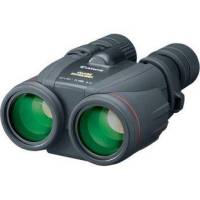 Binoculars
Binoculars
 Monoculars
Monoculars
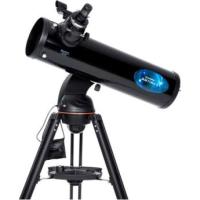 Telescopes
Telescopes
 Rangefinders
Rangefinders
 Optics Tripods & Support
Optics Tripods & Support
 Digital Cine Cameras
Digital Cine Cameras
 Digital Cinema Lenses
Digital Cinema Lenses
 Professional Camcorders
Professional Camcorders
 Pro Video Tripods, Supports & Rigs
Pro Video Tripods, Supports & Rigs
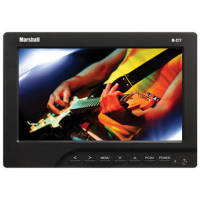 Pro Video Monitors
Pro Video Monitors
 TV Warranties
TV Warranties
 Home Theater Warranties (Not TV's)
Home Theater Warranties (Not TV's)
 Photo Extended Warranties
Photo Extended Warranties
 Appliance Extended Warranties
Appliance Extended Warranties
 Sunglasses
Sunglasses
 Lighting
Lighting
 Computers
Computers
 Furniture
Furniture
 Air Conditioners & Purifiers
Air Conditioners & Purifiers







